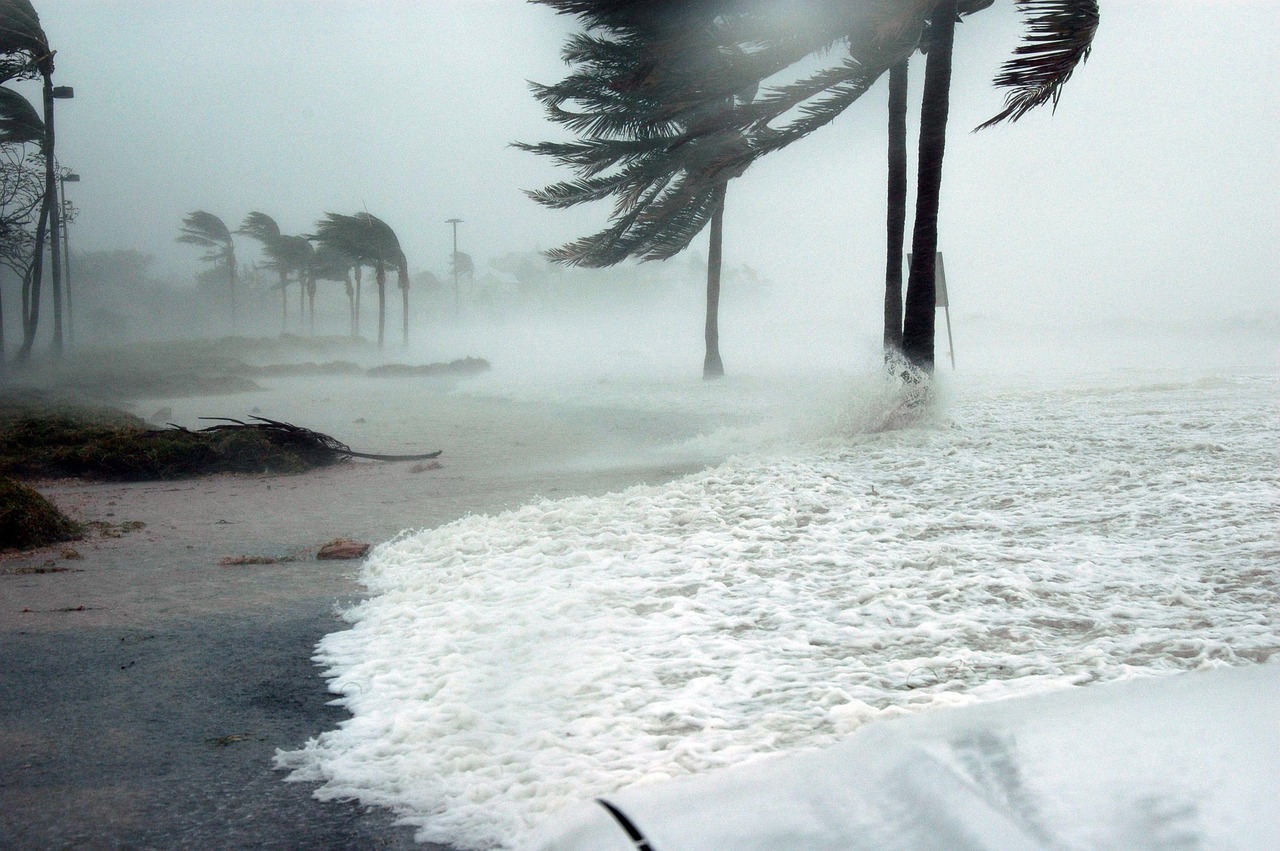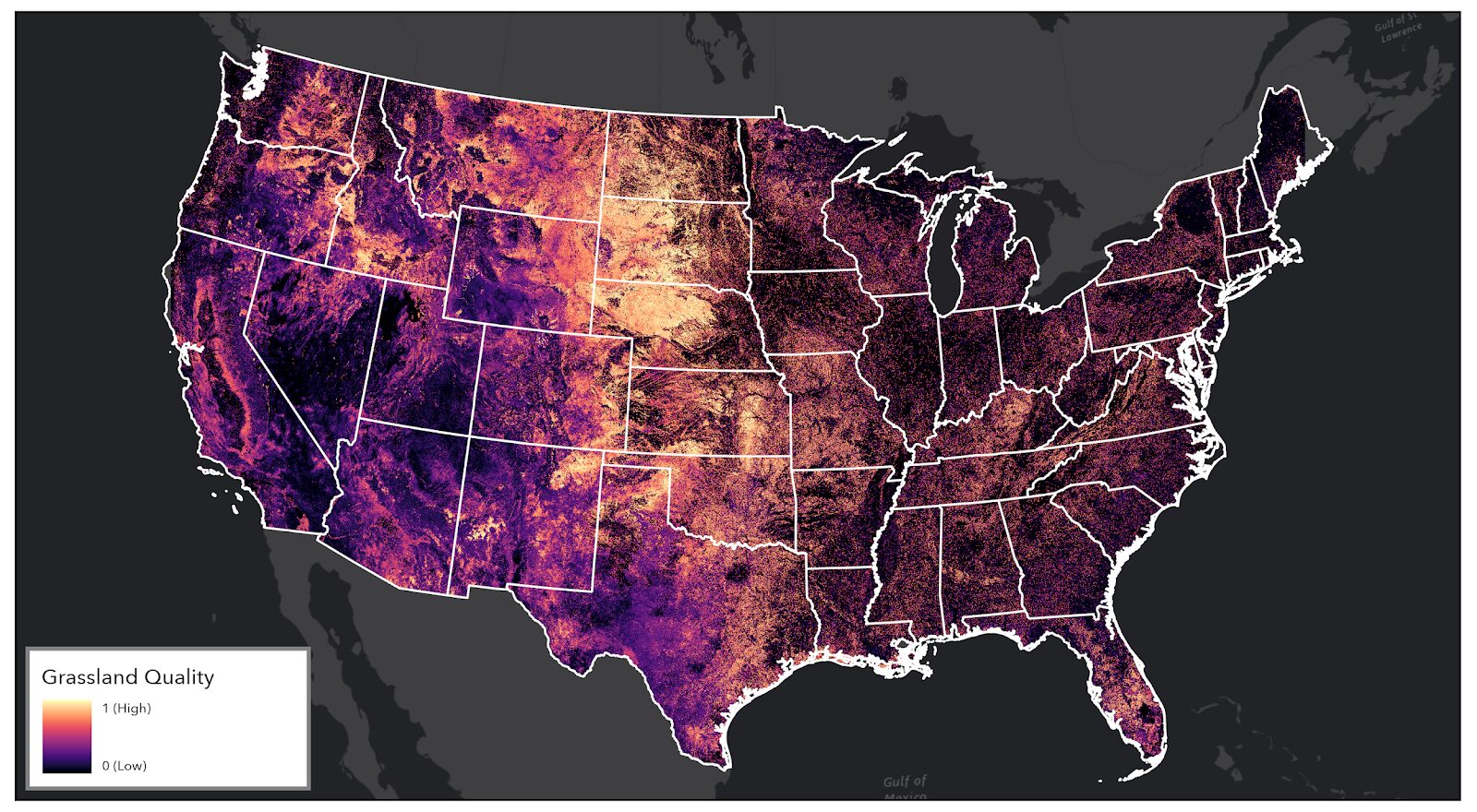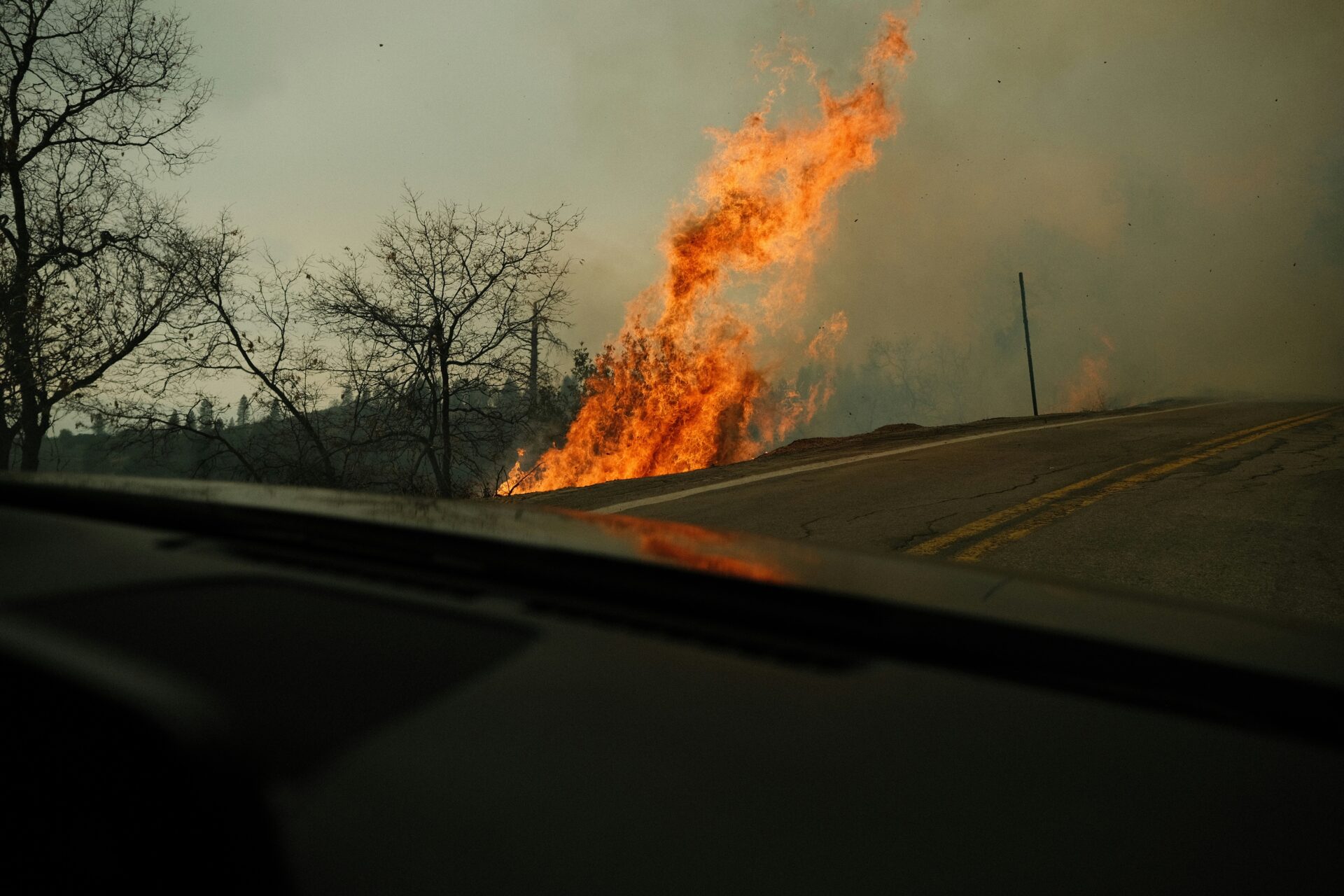The Climate Crossroads: Urgent Warnings, Political Backsliding, and the Power of Truth

Earlier this year, James Hansen and colleagues published a paper titled Global Warming Has Accelerated: Are the United Nations and the Public Well-informed? The authors present extensive evidence leading to a stark conclusion: the climate crisis is more severe than widely reported, and only an urgent global response can meet the challenge. We are already experiencing stronger storms, record-breaking floods, extreme heatwaves, prolonged droughts, and devastating wildfires. These impacts will not only persist but intensify, threatening countless lives and causing enormous economic losses. Perhaps most alarming, the study warns that if current trends continue, the Atlantic Meridional Overturning Circulation (AMOC) – a critical ocean current system – could collapse within 20 to 30 years. Such a tipping point, described as the “Point of No Return,” would drive catastrophic sea-level rise and irreversible shifts in Earth’s climate system.
Now is not the time to deny reality or delay action – yet that is precisely the path the U.S. is taking. The current administration remains the only government preparing to withdraw from the Paris Agreement, while also dismantling international climate partnerships and rolling back energy and climate commitments through executive orders. In August 2025, NPR reported that NASA had been directed to develop plans to terminate at least two satellite missions that track atmospheric carbon dioxide. These satellites also provide crucial data on plant growth, and news of their potential loss has raised alarm among both scientists and farmers.
Confronted by the mounting scientific evidence of a rapidly changing climate, the fossil fuel industry and its political allies have mounted an aggressive global campaign to dismiss climate science as alarmist and portray solutions to reduce greenhouse gas emissions as unrealistic. They promote technological fixes such as carbon capture and emphasize adaptation strategies – rebranded as “resilience” – as sufficient responses to what they frame as an exaggerated problem. To justify inaction, climate science critics even cloak their stance in terms like “climate realism,” while downplaying the escalating risks.
There are three recent YouTube presentations that provide valuable information on this critically important topic. The first is video titled, New Research DEBUNKS Climate Disinformation presented by Dave Borlace from the channel called “Just Have a Think,” which was posted on August 17, 2025. The video focuses largely on a book by Genevieve Guenther called The Language of Climate Politics: Fossil Fuel Propaganda and How to Fight It, with other supporting information. You can also watch a presentation by the author that she gave at The Metcalf Institute in May of this year. The last video is a fact-filled and passionate presentation by Al Gore called, Why Climate Action Is Unstoppable – and “Climate Realism” Is a Myth. Together, these provide a solid update about where we are regarding the climate crisis.
Announcing the North American Forest Initiative

Dr. Dominick DellaSala, a long-time CBI Associate, has dedicated over four decades to nonprofit conservation work as a global biodiversity and climate scientist. He has also served as President of the North America Section of the Society for Conservation Biology. An internationally recognized author, he has published more than 300 peer-reviewed articles and co-authored nine award-winning books, including Temperate and Boreal Rainforests of the World: Ecology and Conservation, Mixed-Severity Fire: Nature’s Phoenix, and Conservation Science & Advocacy for a Planet in Peril: Speaking Truth to Power. Dr. DellaSala will soon be launching a new CBI initiative focused on North American forest conservation. Content is currently being added to the CBI website describing the important work Dr. DellaSala and his colleagues are doing and is expected to launch publicly around mid-month. This important initiative will be a valuable resource for all who care about the long-term protection of forests. Please check in here over the coming weeks.
National Grassland Quality Modeling

Over the past two years, CBI spatial modelers have been developing map-based products to support the USDA Conservation Reserve Program (CRP). A central goal of this work is to generate more accurate maps of grassland quality, enabling large-scale evaluation of ecosystem services. This spatially explicit approach provides USDA with the information needed to track the relative conservation success of a program that voluntarily safeguards over 26 million acres of private farmland nationwide.
To achieve this, CBI integrated cutting-edge remote sensing data with key environmental indicators and applied machine learning techniques within the Google Earth Engine platform. Draft models have already been produced at a national scale, with advanced methods tested in several grassland-rich states. Each model incorporates three primary components: vigor, composition, and landscape structure and resilience. Preliminary results (Figure 1) have also been built into an online assessment tool, which is currently under review.

Dr. Alexandra Syphard Featured on NPR – Insights on Roads, Wildfires, and Unintended Consequences

We’re delighted to share that Dr. Alexandra Syphard, Senior Research Scientist at CBI and Director of Science at the Global Wildfire Collective, appeared on NPR on August 28, 2025, to discuss proposed changes to the Roadless Rule and their potential implications for wildfire risk.
Dr. Syphard eloquently invoked the Sevareid Principle, reminding listeners that “the law of unintended consequences is a very real law.” She emphasized that while roads may facilitate access for fire suppression, they also tend to increase fire ignitions—as data shows up to four times more ignitions within 50 meters of roads than in roadless areas. Moreover, road construction transforms vegetation—favoring flammable grasses in place of mature forest—and thereby amplifying fire risk.